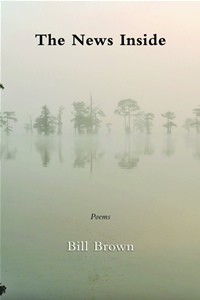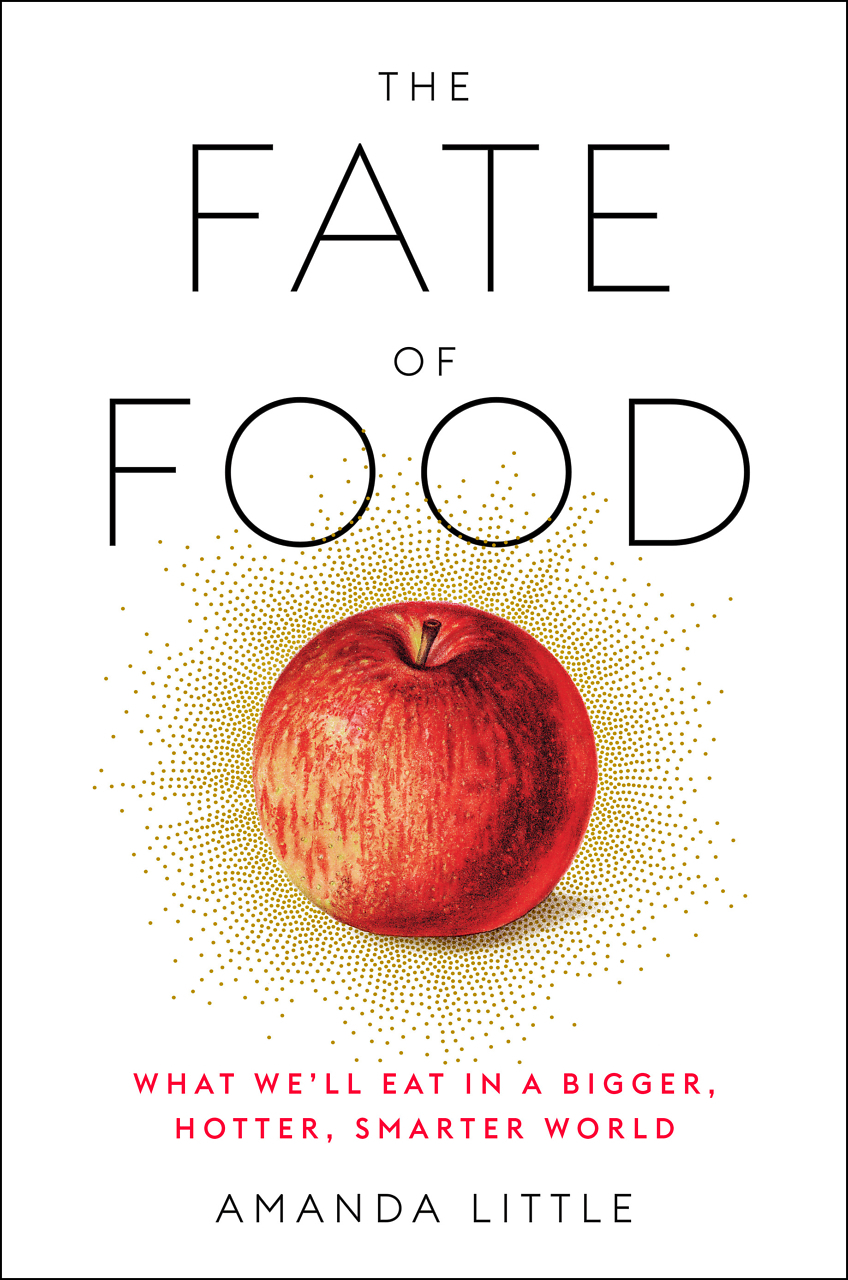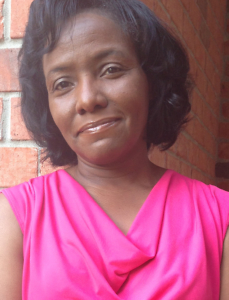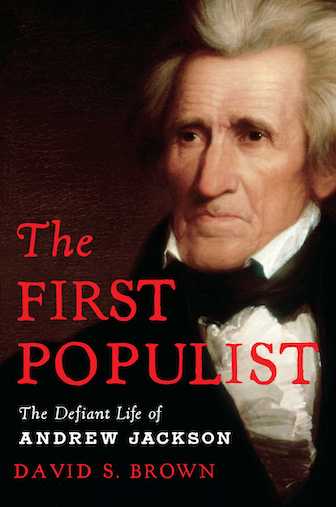The Bard of Hume-Fogg
Poet and educator Bill Brown talks about his writing and his approach to teaching
Dyersberg, Tennessee, native Bill Brown has combined a distinguished career as an educator with a lifelong vocation as a poet. In 2003, he retired from teaching high school after twenty years at Nashville’s Hume-Fogg Academic Magnet, where he nurtured aspiring young writers such as Stephanie Pruitt, who was recently named one of Essence magazine’s Forty Favorite Poets. In recent years, Brown has been a lecturer at Vanderbilt’s Peabody College of Education and Human Development.
Time in the classroom doesn’t seem to have interfered with his dedication to writing. He has published seven collections of poetry, as well as a writing textbook with co-author Malcolm Glass. Described by Mark Jarman as “the most humane of poets,” Brown combines a gentle sensibility with acute awareness of the world around him. Whether he turns his attention to the beauty of a Tennessee summer morning or to the homeless denizens of downtown Nashville, he writes from an unfailing sympathy, a core belief in the ineluctable connectedness of all life. His new book, The News Inside, explores the themes that have marked much of his previous work: his rural boyhood, the richness of married love, and, above all, the parallel cycles of the natural world and individual human lives. Aging and mortality loom large in these poems, which deal with everything from hip surgery to a child’s attachment to a dead bat—subjects that, in Brown’s hands, are both funny and tender.
 […] I think of the bat asleep
[…] I think of the bat asleep
in the steeple that pointed toward heaven,
when all along paradise was flying in darkness
over the Forked Deer River, a gut full
of mosquitoes, a gift of summer rain
Chapter 16: Can you talk a bit about your evolution as a poet? When did you first begin writing poetry, and who were your earliest influences?
Brown: As a boy I remember chanting nonsense poems to the air as I threw the Memphis morning paper in my Tennessee hometown of Dyersburg. Even then I loved the sounds of words and song lyrics that were ever present in my home. My grandmother, Sally Austin Brown, told powerful stories. I remember the little cabin on the west bluff of the Tennessee River. On nights too hot to sleep, she wove winter tales cold enough to make me shiver. Many of my narrative legend/mythic poems I owe to her.
Perhaps the greatest early influences came from my family. My mother quoted Emily Dickinson. My sister and brothers performed local theater. My oldest brother, Geron, who can quote Yeats at a snap, sent me the complete works of a major poet twice a year while he was in college and medical school. Recently, my sister gave my wife a 1966 Sunday church bulletin with a poem scratched on the cover. For years I wrote poems during the sermons. The first two lines of this poem were:
Truth has legs. Look,
Watch it run away.
My earliest poetic loves were Robinson, Frost, Dickinson, Cummings, Auden, Eliot, Stevens, Roethke, and Thomas.
I began teaching English and creative writing in the late 1970s. From the start, it felt dishonest not to write with my students. I started writing for publication a few years later, in my early thirties. Poet Malcolm Glass, my first and best mentor, Eva Touster at George Peabody College, and Middlebury’s Bread Loaf School of English guided me into regional and national publications.
Chapter 16: So much of your writing has a powerful sense of place. Do you think of yourself as a Southern poet?
Brown: Researcher/educator, Howard Gardner, would identify my learning style as The Naturalist. I learn best when subjects present nature: plants, animals, insects, and landscapes with mountains, rivers, creeks, and oceans. The complexities of place and time fascinate me. I am part of the houses that I’ve lived in. I am part of landscapes of Tennessee, North Carolina, Virginia, Vermont, and Idaho. I go to these houses and landscapes in my dreams, while sitting at my desk or driving country roads in the hills and hollows of Robertson County. Their hovering presences inform my writing, become an inscape for emotions, and set the tone for narratives.
Example: Many of the poems in the second section of my new book deal with a landscape I love, northwest Tennessee. Most of the people I know there are hardworking, down-to-earth, good people. But the political corruption and religious and racial prejudices I experienced during my youth inform many of these poems. The landscape itself becomes bleak and corrupted. In other poems in that section, specific settings related to people and childhood experiences are those I would return to as places of power, of solace. For these reasons, a dark tension exists in my work about that landscape.
A Southern poet, of course I am, and proud of it. But my new book has poems published in journals and magazines in twenty-two states. Though these poems are mostly set in Tennessee and North Carolina, I feel that readers, with their personal journeys in different landscapes, feel the truth of setting and relate to what it means to be human. I guess I’m trying to convey that “local” is universal.
Chapter 16: A lot of your poems are built around memories of rural life when you were a boy. Do you ever think of them as a kind of history, preserving the memory of something that’s been lost?
In my poetry, childhood experiences and family memories have become mythic and many times fictive. The standing joke among my sister and brothers is, “Which one of us will he kill off in this book?”
Brown: In Peter Stillman’s book, Families’ Writing, he asks, “If we don’t record these histories and memories for our children and grandchildren, who will?” I think that it is an important personal issue for anyone. However, in my poetry, childhood experiences and family memories have become mythic and many times fictive. The standing joke among my sister and brothers is, “Which one of us will he kill off in this book?” I’m more interested in creating the emotional truth, the right detail, setting, and action that completes the story. After all, story is how children learn to weave themselves into the continuum of life.
In short, the world in which I grew up is gone. Yes, it is deeply important to me to capture it in my poems as best I can.
Chapter 16: You’ve published three collections in the past three years—that’s an output a lot of writers would envy. Are you a disciplined writer who works every day?
Brown: When I first started publishing, I was teaching at Hume-Fogg. I taught wonderful students who were often an inspiration to me. However, the workload proved oppressive. To keep writing, I made a deal with a close friend and Latin teacher, Alice Sanford: if I didn’t bring her a new poem every Monday, I had to buy her lunch. In twenty years of teaching at Hume-Fogg, I was fortunate to publish four collections of poetry and a textbook. When I retired in 2003 and took a part-time lecturer position at Vanderbilt, I established a more disciplined routine.
I try to save three to four days a week for personal writing. I draft new work in the mornings and edit in the afternoon. In between, I ride my bike or walk on the greenway by Sulfur Fork Creek. This practice is meditative and helps jumpstart the rewriting process.
This past year a friend gave me a rich gift. I met poet Jeff Hardin for coffee early one May morning in 2009. We talked and shared poetry and ideas for almost five hours. He challenged me to swap a new draft five days a week—a “Brown and Hardin Daily,” he called it. I was leery but agreed. We swapped poems from May until I went back teaching at the end of August. At least half of the poems in my new book grew from this exchange.
Chapter 16: You have spent many years as an educator, including a couple of decades as a high-school teacher. What’s the most important thing you tried to convey to your students about poetry, or literature generally?
Brown: In high-school teaching I don’t separate reading, literature, and writing. I want my young writers to be specific, use thoughtful word choices, and sensory imagery. I also stress the importance of honing the natural rhythms of individual personality and native speech. So much is broken in our world that students’ work is often fraught with abstraction and cynicism. I tell them that satire and irony are great approaches, but in this world it takes courage to be hopeful.
Poetry should seek to reveal something about the human heart and its journey on this planet. In [his] Nobel Prize speech, delivered in 1950, Faulkner challenges the future writer to leave “no room in his workshop for anything but the old verities and truths of the heart, the old universal truths lacking which any story is ephemeral and doomed—love and honor and pity and pride and compassion and sacrifice.” Above all, he stresses for writers to not forget about “the problems of the human heart in conflict with itself which alone can make good writing because only that is worth writing about, worth the agony and the sweat.”
Chapter 16: A fair number of your poems are, for want of a better word, topical. You write about war, homelessness, the media, and so on. Do you approach those poems in the same way you do your more intimate work? Do they feel as if they spring from the same place creatively?
Brown: I was born in 1948. I’ve lived sixty-one years, but never without war or the threat of war. My father fought on a battleship in the Pacific in WWII, my brother was a field doctor and surgeon with the Marines in Vietnam, and I spent six years in the Tennessee Army National Guard. I deeply respect the courage of soldiers. Recently I read that our country spends a million dollars a minute on war. Wouldn’t we be more secure as a nation if we spent every other minute’s million on public education or health care?
So much is broken in our world that students’ work is often fraught with abstraction and cynicism. I tell them that satire and irony are great approaches, but in this world it takes courage to be hopeful.
I write about the homeless because I taught [for] twenty years on Broadway in downtown Nashville. During that time I got to know many of them by name. As far as the media is concerned, the first news I read on Comcast this morning was that sixty young men standing in line to get a job were killed by a suicide bomber in downtown Baghdad. Last week’s headline was the arrest of a man accused of stabbing eighteen people, most of them African American. Right beside that sound bite I read about who got kicked off American Idol. What is wrong with this picture? Many of my poems about these topics are born from a place of frustration and sorrow.
On the other hand, many of my topical poems guide poems which come from my more intimate, inner self—they struggle with the fact that we must live in both worlds and still find silence, joy, and meaning. Stanley Kunitz wrote, “In a murderous time the heart breaks and breaks/and lives by breaking.“ The key word in this quote for me is not “breaks,” but “lives.” I hope this conundrum is partially addressed in the The News Inside.
Chapter 16: Getting back to the subject of teaching, how important is it for a young poet to learn form? How do you approach the issue of form in your own work?
Brown: In creative writing class, I don’t start with form. When high school students attempt to write in strict meter and rhyme, they tend to trivialize the content and meaning in order to meet the form. The first four weeks I let students write prompts intuitively, allowing the subject, point of view, and narrative form to determine the genre of the work. I want them to feel comfortable composing drafts. In the second grading period we read form poems and experiment with writing them. At the end of the unit, I require an anthology of work that includes a sonnet, a villanelle, a sestina, and a prose poem (East European style, often surreal or allegorical), as well as other forms. I usually require that students alter a traditional form to make it their own.
 In my own poetry, I have written and published many sonnets. Currently, my free verse poems are tending toward blank verse. I prefer to use assonance and consonance to unify my poems with sound. I rarely use true rhymes, though I will return to strict form again, I know.
In my own poetry, I have written and published many sonnets. Currently, my free verse poems are tending toward blank verse. I prefer to use assonance and consonance to unify my poems with sound. I rarely use true rhymes, though I will return to strict form again, I know.
Chapter 16: Any thoughts on the future of poetry in the shifting media/publishing landscape?
Brown: Every morning I go to the Internet and read Poetry Daily, Verse Daily, and Writers’ Almanac. I also read Poet of the Month (poetrynet.org) and the on-line journal Blackbird. These are incredible tools and archives for writers, readers, and teachers. I tell my Vandy students that if they take fifteen minutes each day, 365 days a year, and read the online dailies, they will have read the equivalent of nine anthologies of contemporary poetry. How neat is that?
That said, for me, nothing will ever take the place of a book—the feel of it in my hands, scribbles in the margins. I get goose bumps thinking about sitting in the coffee shop or library with my book. And for those who say it’s not green, tell corporate American that I recycle a black garbage bag of junk mail once a week.
I’ve been reading Nicholas Carr’s The Shallows, What the Internet is Doing to Our Brains, with great interest. Many smart people fear that the virtual world is rewiring our central nervous system without our knowledge. Will children and adults become so addicted to immediate gratification that they won’t attempt to read a great novel, play, collection of poetry, or real newspaper—achievements that require attentiveness and giving of the self? This is a scary, sad thought. William Carlos Williams wrote, “Life is valuable when completed by the imagination, And then only.”
To read a poem by Bill Brown, click here.





